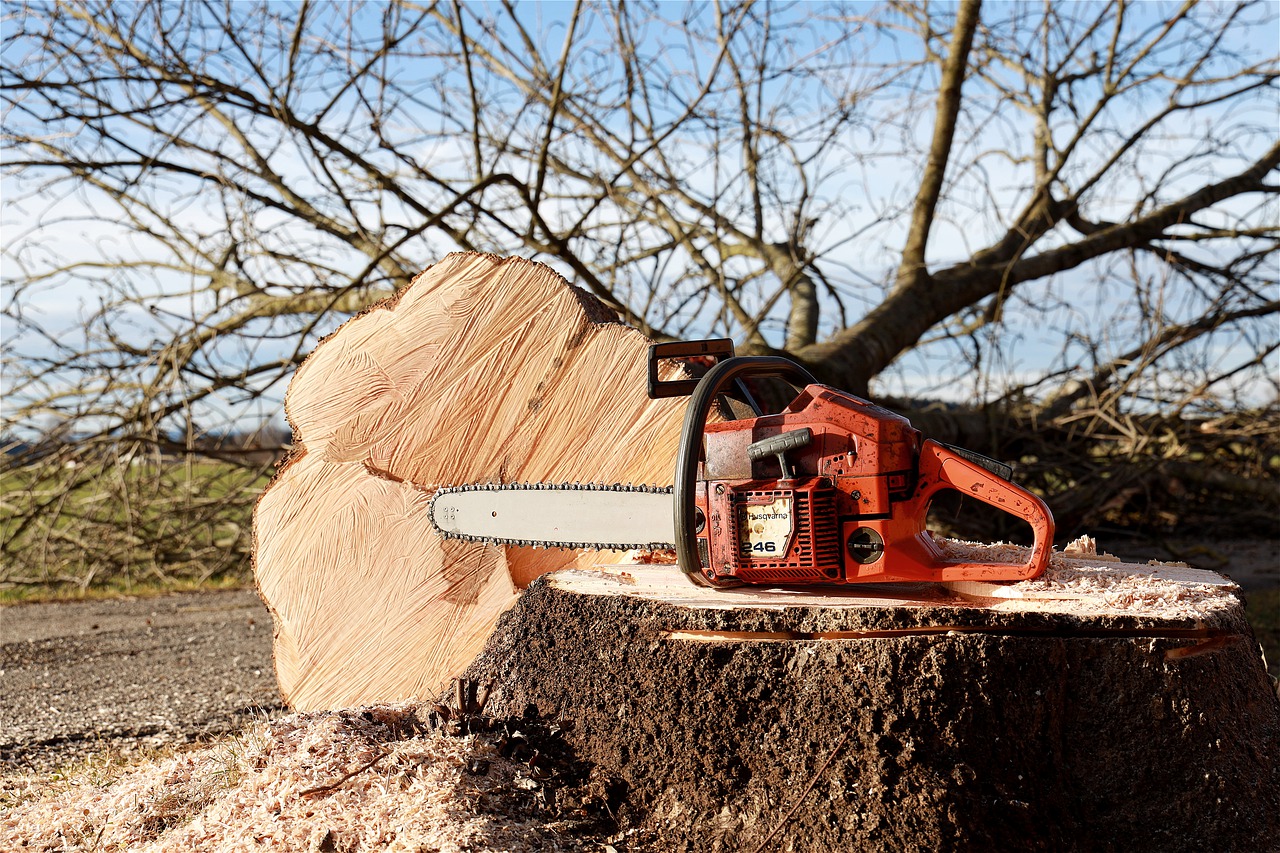Extreme weather events can wreak havoc during any time of the year. Most homeowners know that they must take steps to protect their primary structures and outbuildings before a storm, but few consider the impact that inclement weather can have on trees. Read on to find out about three of the most common types of extreme weather damage to start learning how to protect them.
Damage to Branches
A tree’s branches can be damaged by snow, ice, hail, or even strong winds. The damage from storms can vary substantially in severity, with some windfall and storm damage to branches being minor and other instances causing tree death. For homeowners worried about how an upcoming storm might impact a favorite tree, the best thing to do is to look up Tree Services Near Me and call to schedule an evaluation with a professional.
An arborist can evaluate the health of individual trees, how much protection they have against the elements, and how likely it is that branches will come down in the next storm. They can also recommend preventative steps like pruning the tree to ensure that it doesn’t have any dead or unhealthy branches and proper fertilization to keep it in good health. These steps can both be valuable preventative measures against lost branches during storms.
Frost Cracks
Frost cracks occur when temperatures drop suddenly, causing the outer layer of the trunk to contract more quickly than the inner wood. They always happen on the south or southwest sides of trees’ trunks. Homeowners should note that frost cracks must be treated immediately to prevent insect damage and disease. The cracks will heal eventually, but it can take years.
There are ways to protect trees from frost cracks. Homeowners can wrap their trees before winter arrives to insulate their trunks, which reduces the chances of damage during extreme temperature drops. Professional arborists have access to specialized timberline wraps and know how to apply them properly to ensure that they stay in place and provide adequate insulation. Hire a professional to perform this important work in the fall.
Salt Damage
Trees don’t just suffer as a result of extreme temperatures, wind, snow, and ice during the winter months. They can also suffer collateral damage as a result of the salt used to control ice on roads and paths. Trees suffering from salt damage usually exhibit branch die-backs, and the soil around the base of the trunk is usually bare.
It’s best to avoid applying salt anywhere near trees, as extremely high concentrations of salt in the soil can cause irrecoverable damage. If the damage is moderate, an arborist may be able to flush the salt and other minerals from the soil surrounding the tree’s roots. Unfortunately, this also flushes out all the beneficial minerals and nutrients, which means that trees must be fertilized after the salt has been removed from the surrounding soil.
The Bottom Line
Extreme weather events can cause damage to trees’ branches, leaves, trunks, and even their roots. Some types of weather damage, including salt damage and severe windfall, can’t be fixed, but most can be prevented with the application of proper pruning techniques, timberline wraps, fertilizer, and taking steps to ensure that the trees are as healthy as possible before winter rolls around. Schedule an appointment with a tree service before the damage occurs to give the trees a fighting chance of resisting winter storm damage.



